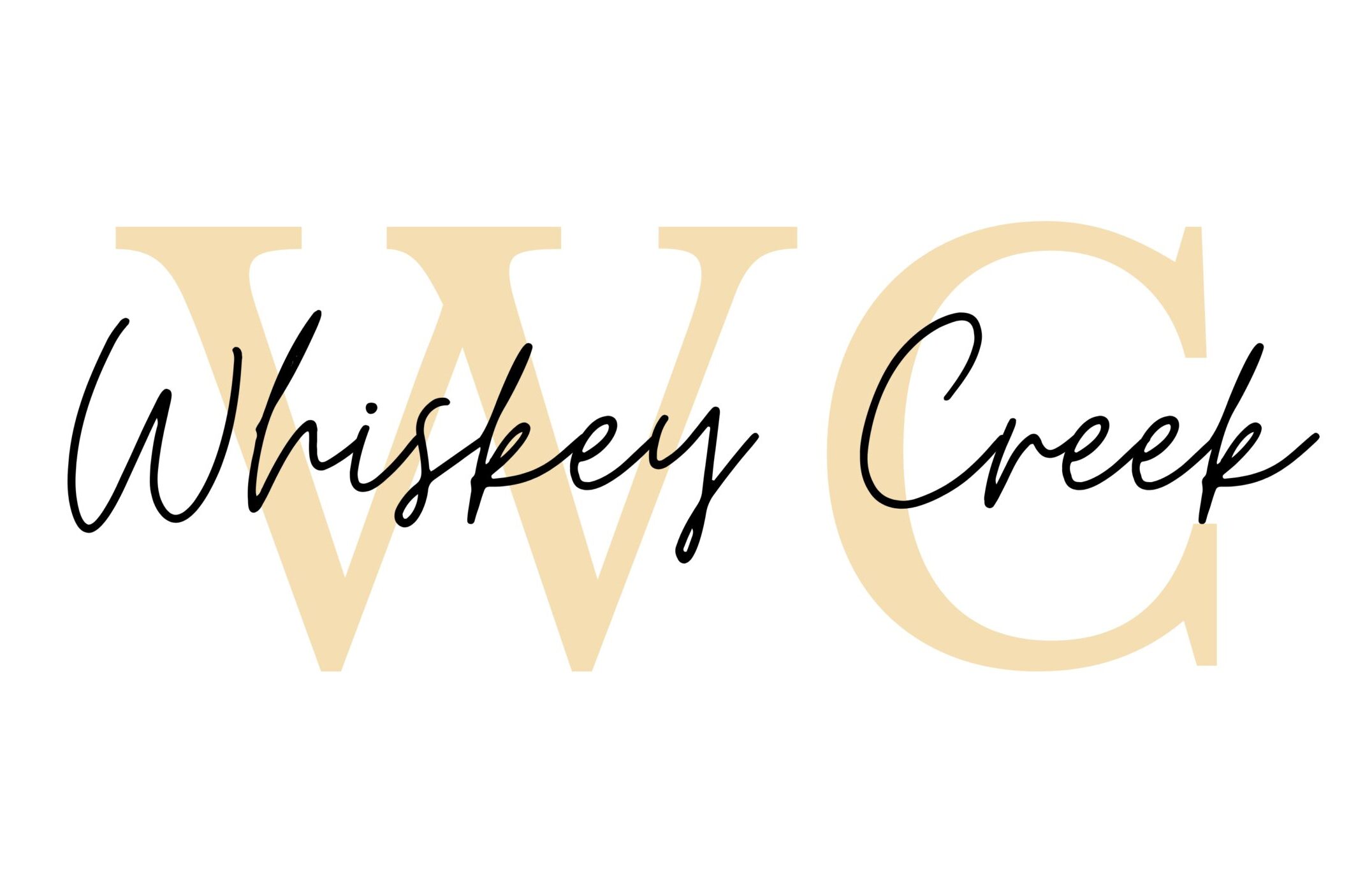
As noted in the previous issue of the Whiskey Creek newsletter, our neighborhood features many streets named after wines and spirits from different areas of the world. Some of these names are more familiar than others, so let’s take a closer look at some that may be less commonly known:
Dubonnet Court – Dubonnet is a sweet wine apéritif (a wine served before a meal to stimulate the appetite). It can be red or white, with the red version being more sweet and the white version being dry. Dubonnet gets its distinct aroma from a blend of herbs, spices, and quinine. Dubonnet is produced in both France and the United States, and each version is quite different. There are several cocktails that feature Dubonnet, including one of Queen Elizabeth’s favorites, the Dubonnet Rouge. In this recipe, red Dubonnet takes the place of vermouth in a gin martini and is designed to showcase an excellent gin.
Grillet Place – Château-Grillet is an elegant white wine with notes of apricot and honey. Its terroir is along the Rhone river, just south of Lyon, and is comprised of less than 10 acres of land. It is controlled by a single winery, making it quite rare. These beautiful wines should mature at least ten years before opened.

Jerez Court – Jerez translates as “sherry” in Spanish, and the wine is named after this region in Andalusia, Spain. Just as other wines carry a proprietary title from their specific regions and wineries, only fortified white wines bottled in Jerez and made using Jerez grapes can be awarded the D.O Jerez y Sanlúcar de Barrameda (Jerez Origin) title. This was Spain’s first origin certificate, awarded in 1933.
Montilla Drive – Montilla wines come from the Montilla-Moriles territory in the south coast of Spain. Montilla-Moriles wines are typically sweet, rich dessert wines. Wines from this region have been enjoyed since the 8th century BC, making them some the oldest in the Andalucia region.
Pernod Drive – Pernod is the oldest anise liqueur in France. Pernod is made from distillates of star anise, fennel, and 14 other herbs and spices such as coriander and mint. It has a low licorice content, which sets it apart from Pastis, a similar liqueur. The original version included wormwood and was produced as absinthe at the Pernod Fils factory near Switzerland from 1805 to 1915, when absinthe was banned.
Reims Place – Reims is known as “the Unofficial Capital of Champagne.” Located 80 miles northeast of Paris, Reims is the 12th largest city in France. Reims features a large and beautiful cathedral where France crowned its royalty for centuries. It is the city where the Germans surrendered at the end of WWII. As the heart of the Champagne region, cellar tours are plentiful and visitors can sample brands such as Taittinger, Mumm, and Veuve Clicquot.

Sautern Drive – Sauternes is a French sweet wine from the region of the same name in the Graves section in Bordeaux. Sauternes wine is made from Sémillon, sauvignon blanc, and muscadelle grapes that have been affected by a particular fungus, also known as noble rot. This causes the grapes to become partially raisined, resulting in concentrated and distinctively flavored wines. Production of these wines is a risky proposition, with widely varying harvests from year to year. As a result of the difficulty in production, wines from Sauternes can be very expensive.
Solera Court – Solera refers to a traditional Spanish method of aging liquids such as wine, beer, vinegar, and brandy. A portion of one vintage is saved and then blended into the next vintage, and so on with each vintage. This fractional blending process creates a finished product that is a mixture of ages, with the average age gradually increasing as the process continues over many years. While labor-intensive, it ensures a reliable style and quality of the beverage over time. Products which are often solera aged include sherry, Madeira, Lillet, Marsala, Muscat, and Muscadelle wines.






